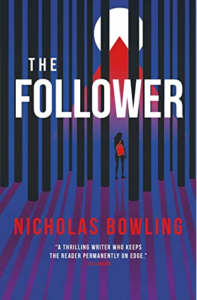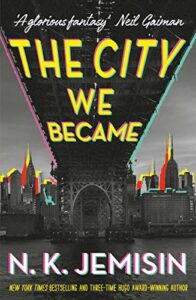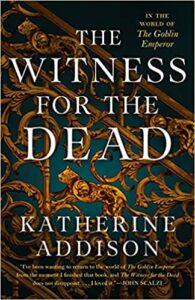I stayed up way past my bedtime to finish this charming, body positive tale of a 16 year-old at an inflection point in her life, trying to figure out what’s going on with her parents, her best friend, her sister, the boy she thinks she loves and the boy she most definitely does not love, over one tumultuous summer vacation.
 Maisie Martin is worried that her parents are headed for a divorce as Mom takes her and her best friend Anna to Cobbers Bay for their traditional long Christmas break, leaving Dad at home. Dad claims to be absolutely swamped at work, but the fights and the silences and the ignored phone calls indicate a far deeper problem than just a busy newspaper season. Maisie tries to push her parents’ relationship out of the foreground of her mind by focusing on helping cheer up Anna, whose boyfriend Dan just cheated on her. But when Anna develops a connection with Sebastian, the childhood friend Maisie has loved for years but whom she can barely talk to for nerves nowadays, Maisie is left questioning everything she knows about relationships.
Maisie Martin is worried that her parents are headed for a divorce as Mom takes her and her best friend Anna to Cobbers Bay for their traditional long Christmas break, leaving Dad at home. Dad claims to be absolutely swamped at work, but the fights and the silences and the ignored phone calls indicate a far deeper problem than just a busy newspaper season. Maisie tries to push her parents’ relationship out of the foreground of her mind by focusing on helping cheer up Anna, whose boyfriend Dan just cheated on her. But when Anna develops a connection with Sebastian, the childhood friend Maisie has loved for years but whom she can barely talk to for nerves nowadays, Maisie is left questioning everything she knows about relationships.
Luckily, she has her Discovery Journal to help her sort through this mess. Initially reluctant to do what’s essentially a homework assignment, she finds that writing about her day is surprisingly therapeutic, and confides in the journal things she doesn’t even want to say out loud. This is especially helpful when she ends up joining the Cobbers Bay Miss Teen Queen Beauty Pageant, the same one her beautiful, slender older sister won three years ago, right about when the girls stopped talking to one another. Maisie has felt fat and unlovely for years — not helped by her image-conscious mother — but will this summer and a beauty pageant, of all things, help her learn to love herself?









